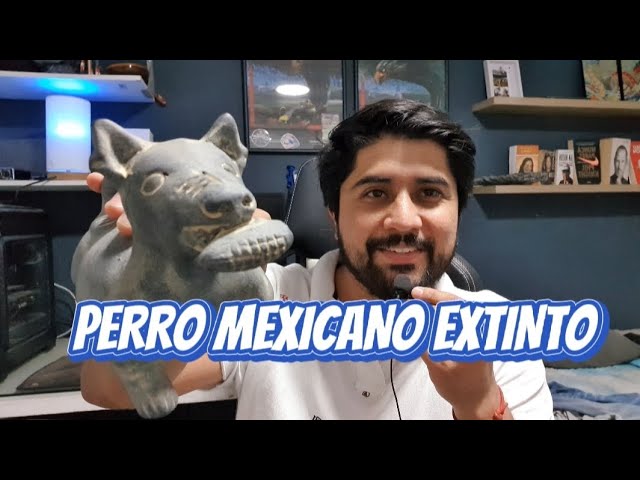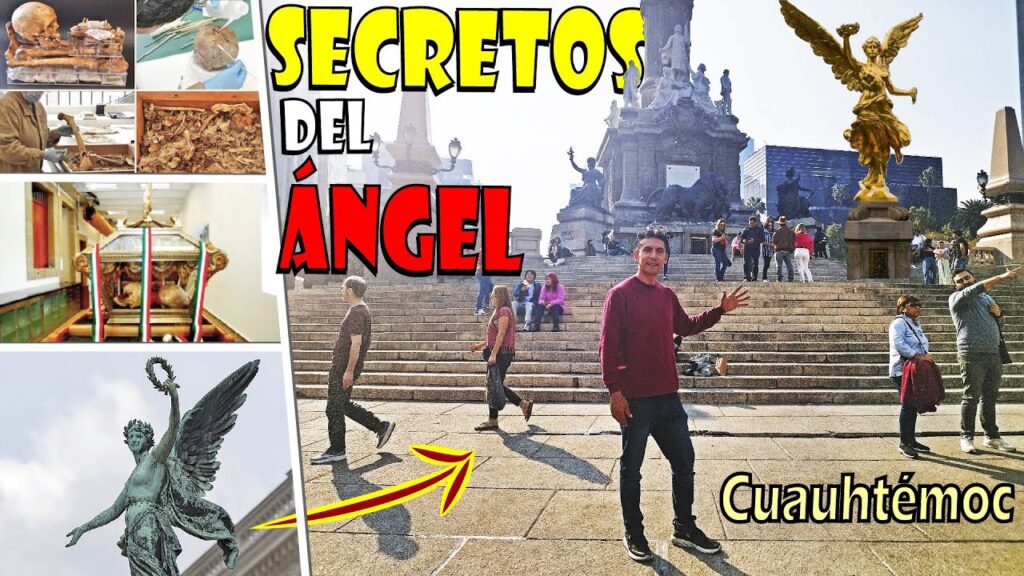Discovering Tlalchichi: The Pre-Hispanic Ceramic Dog of Mexico
The Tlalchichi, often referred to as the “ceramic dog”, holds a special place in Mexico’s rich tapestry of pre-Hispanic cultures. These earthenware figurines are believed to represent a breed of dog that was indigenous to ancient Mesoamerica. Archaeologists have unearthed Tlalchichi sculptures across various sites in Mexico, providing invaluable insight into the domestic life and symbolic practices of early civilizations such as the Aztecs and the Toltecs.
These endearing four-legged artifacts were more than mere companions for the ancients; they were deeply woven into the fabric of spiritual life. The Tlalchichi was said to guide the souls of the deceased through the treacherous journey in the underworld, a belief that underlines the reverence in which these animals were held. The presence of these ceramic canines in burial sites throughout Mexico underscores their significance as escorts into the afterlife, a tradition that highlights the mythological and religious dimensions of pre-Hispanic cultures.
In the modern era, the Tlalchichi continues to charm and captivate those interested in Mexico’s ancient heritage. They are not only studied by archaeologists but also treasured by art collectors and serve as an inspiration for contemporary Mexican artisans. Recreations of these timeless sculptures have found their way into modern homes as decorative pieces, offering a unique way to connect with and celebrate the profound legacies of Mexico’s pre-Hispanic past.
The Significance of Tlalchichi in Ancient Mexican Culture
The ancient Mesoamerican world was rich with cultural symbolism, and among the lesser-known yet significant elements within this tapestry lies the concept of Tlalchichi. Though not as broadly recognized as the majestic pyramids or the infamous ballgames, Tlalchichi holds its own unique place in the heart of ancient Mexican culture. This element, steeped in mystery and reverence, represents a specific aspect of the relationship between humans, their deities, and the natural world around them.
For many Mesoamerican peoples, including the Aztecs and their predecessors, Tlalchichi was associated with fertility and the earth’s life-sustaining capabilities. It was often symbolized by artifacts and iconography linked to agriculture and the bounty of the earth. In a broader sense, Tlalchichi embodied the cycle of life, death, and rebirth, echoing the seasonal progression that was vital to the survival of these ancient civilizations.
In terms of ritualistic importance, Tlalchichi’s presence was marked by ceremonious events and offerings. These rituals were integral to appeasing the gods and ensuring a harmonious balance within the cosmos. Such practices underscore the interconnectedness of spirituality and daily life, illustrating how Tlalchichi was not merely a concept, but a lived experience that influenced both societal structure and individual existence.
Artifacts and ruins recovered by archaeologists often depict Tlalchichi in varying mediums from intricate stone carvings to delicate frescoes. Each representation provided deeper insight into how the ancient Mexican cultures viewed the world and their place within it. By continuing to study these elements, modern scholars can gain a better understanding of the rich traditions and beliefs that shaped the foundations of Mexico’s historical lineage.
Exploring the Legacy of Tlalchichi: Mexico’s Extinct Canine Breed
Venturing deep into the history of Mexico, one stumbles upon the intriguing tale of the Tlalchichi, a canine breed whose legacy whispers through the ruins and folklore of this vibrant culture. Unlike the famous Xoloitzcuintli, often recognized for its unique hairlessness, the Tlalchichi has faded into the shadows of extinction, leaving behind a trail of mystery and fascination. These dogs were once integral to the daily life and spiritual practices of ancient Mesoamerican civilizations, regarded as protectors, companions, and even guides to the afterlife.
In examining the iconography of the time, Tlalchichi representations are found etched into pottery, sculptures, and within the design of ancient structures, signaling their prominence. Archaeologists and historians puzzle over the limited evidence, drawing connections to the role of dogs in Pre-Columbian societies. Paintings and codices illustrate these creatures alongside their human counterparts, offering insight into the bond they shared. It’s speculated that the Tlalchichi may have been a small, sturdy, and agile dog, adept at providing comfort and companionship.
Today, the Tlalchichi survives only in the stories passed down through generations and the keen interest of canine enthusiasts seeking to uncover and preserve the memory of this lost breed. Efforts to chronicle the breed’s characteristics and historical significance continue, as researchers delve into ancient texts and collaborate with indigenous communities. While the Tlalchichi’s physical presence has faded, its spirit lingers, a testament to the rich tapestry of Mexico’s canine heritage and the enduring connection between humans and their four-legged companions.
Unearthing Tlalchichi: A Journey into Pre-Hispanic Mexican Artistry
In the heartland of Mexico, beyond the bustling cities and famed beaches, lies a trove of hidden gems dating back to Pre-Hispanic times. Tlalchichi, an ancient site scarcely mentioned in mainstream travel guides, offers an intimate glimpse into the artisanal genius of Mexico’s earliest civilizations. As travelers meander through the remnants of this forgotten city, they are greeted by remarkable stone sculptures and delicate ceramics that have withstood the test of time, narrating a rich cultural legacy.
The artistry of Tlalchichi is characterized by intricate designs and profound symbolism that reflects the cosmology and daily life of its former inhabitants. The enigmatic motifs etched into the stonework suggest a deep reverence for nature and the spiritual realm, elements crucial to the Pre-Hispanic worldview. Visitors can’t help but feel a sense of awe as they touch the cool surfaces of artifacts that have been shaped by hands from a distant past, each piece a silent historian telling tales of rituals, warfare, and the artistic endeavors of a people whose craftsmanship was leagues ahead of their time.
Venturing further into Tlalchichi’s heart, adventurers discover the remnants of vivid murals that once adorned temple walls. Though faded with the passage of centuries, these murals offer a kaleidoscopic vision of what life might have been like in this artistic hub. Amidst the ruins, the echoes of ancient marketplaces where such artworks were traded can almost be heard. Exploring Tlalchichi is more than a journey back in time; it is an homage to the unnamed artisans who laid the groundwork for Mexico’s rich tapestry of art and culture that continues to captivate the world today.



